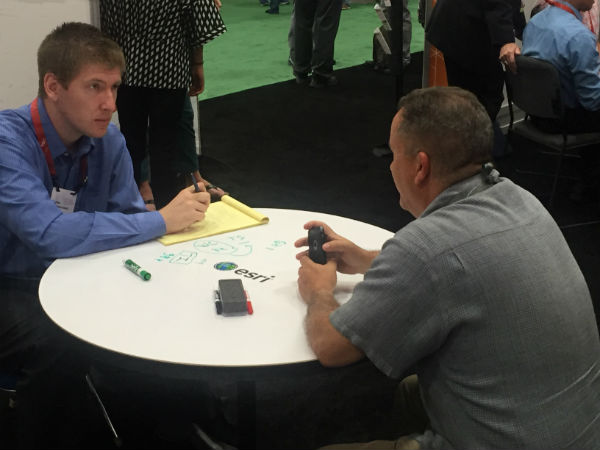Turn on suggestions
Auto-suggest helps you quickly narrow down your search results by suggesting possible matches as you type.
Cancel
Implementing ArcGIS Blog - Page 12
Turn on suggestions
Auto-suggest helps you quickly narrow down your search results by suggesting possible matches as you type.
- Home
- :
- All Communities
- :
- Services
- :
- Implementing ArcGIS
- :
- Implementing ArcGIS Blog
- :
- Implementing ArcGIS Blog - Page 12
Options
- Mark all as New
- Mark all as Read
- Float this item to the top
- Subscribe to This Board
- Bookmark
- Subscribe to RSS Feed
Subscribe to This Board
Showing articles with label Strategy & Planning.
Show all articles
Latest Activity
(183 Posts)
Esri Contributor
06-23-2017
03:17 PM
4
0
509
124 Subscribers
Labels
-
Architecture & Security
49 -
Configuration & Integration
53 -
Geodata Engineering
15 -
Operational Support
36 -
Strategy & Planning
118 -
Workforce Development
12
Popular Articles
Introducing the GIS Enterprise Reporter
DannyKrouk
Esri Contributor
54 Kudos
26 Comments
Esri Presentation Icons
JeffDeWeese
Esri Contributor
36 Kudos
24 Comments
Planning Load Balancer Configuration for Highly Available ArcGIS Enterprise
NoahMayer
Esri Contributor
27 Kudos
34 Comments





